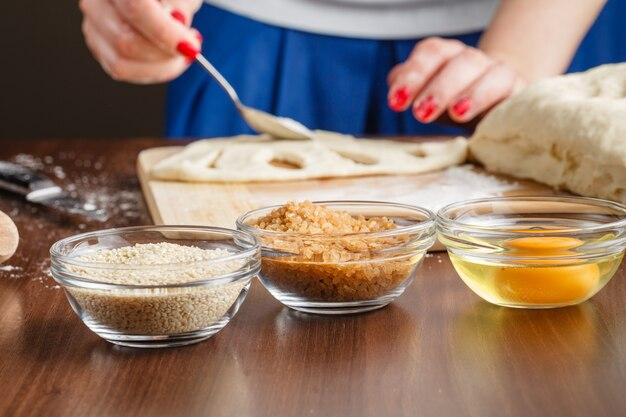Hey there, food lovers! You may think fresh recipes taste better during specific seasons because of the choice of seasonal ingredients. You need to use ingredients that nature provides each season. Seasonal cooking brings big improvements to meals, and we will share exciting dishes to prepare throughout the year.
Why Seasonal Cooking Rocks?
Here are the reasons why seasonal cooking stands out:
Flavor Explosion
Seasonal produce always delivers superior taste results. Period. Summer tomatoes deliver maximum natural taste, whereas fall apples offer their most delicious crispness. These foods ripen naturally before farmers harvest them, even though ripeness usually happens before they become ready for long-distance travel.
Nutrient Powerhouse
Food harvested at its peak time contains higher nutrient value than store-bought products. The natural aging process of produce helps develop all of its nutritional benefits. Vitamins remain intact while the food travels a shorter distance and takes less time to store.
Wallet-Friendly
When you buy seasonal products your purchasing costs decrease. A high supply of fresh produce normally results in lower prices for customers. The law of supply and demand creates this situation.
Earth-Friendly
Selecting produce based on seasonal availability helps you buy from nearby farmers and decreases shipping distance from farm to table. Less travel time equals a smaller carbon footprint. Mother Earth says thanks!
Seasonal Recipes to Tickle Your Taste Buds
During Spring you should use vibrant citrus-infused foods to enhance your meals. Our pasta salad comes together easily yet delivers a strong and spicy dressing flavor.
- Prepare your preferred pasta then let it reach room temperature.
- Combine pasta with cherry tomatoes, cucumber, red onion, feta cheese and olives until mixed.
- Stir olive oil with white wine vinegar until you blend in Dijon mustard, honey, and crushed fermented green peppercorns.
- Stir all ingredients and let the mixture cool in the refrigerator for half an hour.
- At serving time blend all ingredients together and add fresh parsley on top.
Summer: Grilled Peach and Burrata Salad
During hot summer days light and cooling foods always work best. The perfect combination of grilled peaches and creamy burrata creates a unbeatable flavor experience.
- Roast peach slices in half until they gain black grill lines for your presentation.
- Place torn burrata pieces directly on top of the peach arrangement.
- Drizzle with honey and balsamic glaze.
- Place fresh basil leaves and grind black pepper over the top.
Fall: Roasted Butternut Squash Soup
During leaf season brings the opportunity to enjoy comforting foods that warm both the body and soul. The soup gives breaded sensations of warmth.
- Cook butternut squash cubes in an oven with garlic and onion slices.
- After roasting the vegetables mix them with vegetable broth until the puree forms.
- Add cream to the pot and flavor the mixture with nutmeg and cinnamon followed by a dash of cayenne pepper.
- Adorn the dish with fresh sage leaves and pumpkin seeds.
Winter: Cabernet-Salted Grilled Asparagus
You can do winter grilling despite popular belief. Cold winter nights become more enjoyable through the use of this dish.
- Sauté asparagus after trimming before coating it in olive oil then Cabernet salt.
- Grill for 5-7 minutes, turning occasionally.
- Pour balsamic glaze on top before sprinkling additional Cabernet salt.
- Add lemon wedges on the side to bring out the citrus flavor.
Conclusion
Using seasonal produce goes beyond fads because it lets us live in tune with nature while experiencing food at its highest quality. Every season offers special culinary traits which allow you to experiment freely in the kitchen.
Check seasonal food lists when you plan meals. Positive changes deliver enjoyment to both your taste buds plus your checking account and you protect Earth. Happy cooking!
Ready to start your seasonal cooking adventure? Check out Infoodnito for more inspiring recipes and tips to make the most of nature’s bounty!



